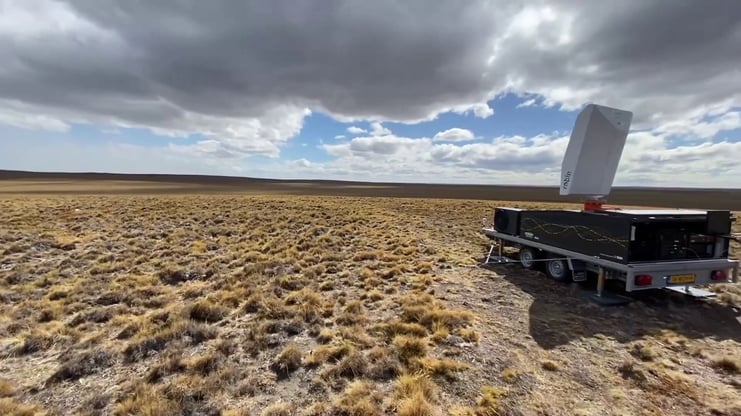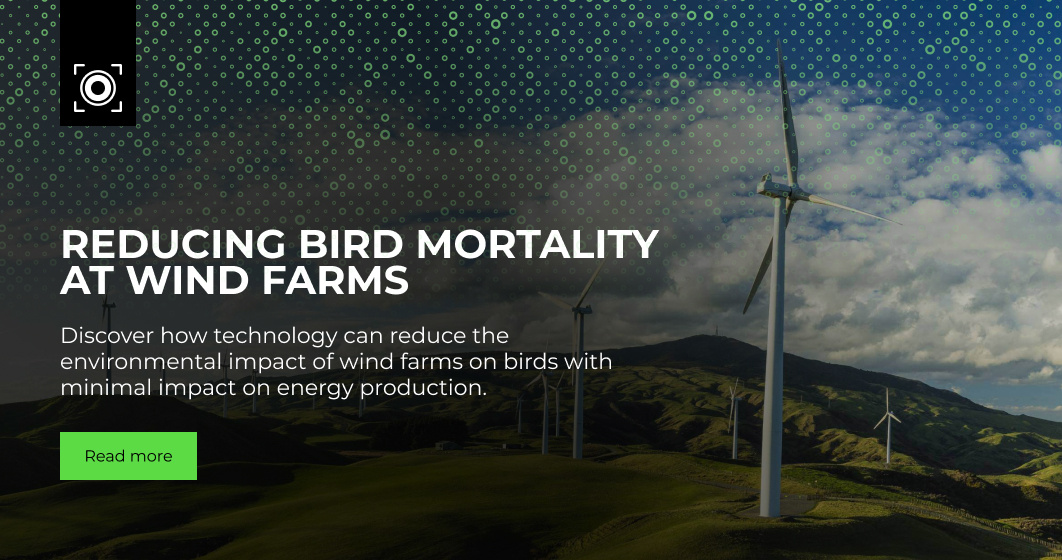MAX has been deployed at Puntas Arenas prior to the construction of HNH Energy Project’s wind park. Perched against a vibrant Patagonian backdrop, our avian radar is collecting all the detailed data needed for its essential Environmental Impact Study (EIS). The first time a full 3D avian radar system has been deployed on Chilean soil.

Green hydrogen and green ammonia spell a pivotal shift for renewable energies.
Green hydrogen is produced by the electrolysis of water, using renewable electricity. One way of making green ammonia (another clean and carbon-free form of energy) is by using green hydrogen from water electrolysis, and nitrogen separated from the air.
Both, like fossil fuels, are transportable. Unlike fossil fuels, both are born from natural sources, with solar and wind power forming the foundation to generate these elements. Both can be the crucial basis for producing fuels, fertilizers, textiles, sanitisers, steel, explosives, refrigerants, food preservatives, chemicals and electricity — among others.
HNH is spearheading the development of these crucial green power sources, represented by a consortium whose partners specialise in the development, construction and operation of renewables: AustriaEnergy, Copenhagen Infrastructure Partners and Ökowind. At the heart of these plans sits a conscious focus on limiting the potential impact on the wildlife that surrounds renewable energy sites, such as wind farms.
This forms the basis of the HNH Project, and the deployment of our flagship avian radar, MAX, in Patagonia, Chile.
Monitoring the Magallanes Region pre-construction
MAX is a full 3D (360 degrees) bird detection radar providing size, speed, height, location and flight path data for each bird it detects. It can track thousands simultaneously, day and night, organising data into one informative and intuitive interface.
MAX was deployed at Puntas Arenas prior to the construction of an HNH Project wind park, collecting the detailed data needed for its essential Environmental Impact Study (EIS).
Sibylle Giraud, Robin’s VP Wind and Environmental Practice, said: “This is quite a groundbreaking project, as the first time a full 3D radar system has been deployed on Chilean soil. The green transition is developing very fast in this part of the world. HNH Energy is truly setting standards for the mitigation of risk to wildlife that wind parks pose.”
MAX was deployed in April 2023. Operating against a stunning Patagonian backdrop, its continuous turn brings insights into detailed bird movements; the potential ecological impact of a wind farm and how best to balance it.
Radar data is only part of the work that HNH Energy, which plans to submit its EIS in the first quarter of 2024, is leading. To establish the most accurate bird abundance baseline, an expert team is also carrying out a census of the Ruddy-headed Goose (Chloephaga rubidiceps). This bird is typical of the area, and their migratory routes, nesting places and breeding habits are being studied in careful detail.
Avian Radar’s debut appearance
MAX is the very first avian radar to arrive in Chile, and even in Latin America.
The person responsible for its operation, HNH Energy Project Manager, Juan Pablo Vargas said: “Baseline research was previously carried out manually, with human observers. That can be a complex task, given the lack of reference points to estimate the flight height of birds.
“The radar delivers accurate height, flight speed and direction data. This, combined with the observation of expert ornithologists, helps to identify the types of birds in the San Gregorio sector. It provides valuable and quality information.
“The data we collect feeds a mathematical model that defines the probability of eventual bird collisions with turbines. We want that number to be as specific as possible as it will allow the most effective measures.”
A team of two ornithologists works approximately ten days a month, incorporating radar data into their varied research. José Díaz, an ornithologist in the region, highlights that “although the radar gives us impressive data, we have to be extremely precise, and this is why we combine it with other methods of research and data-gathering.
“For instance, the radar gives us vectors to indicate bird size; small and medium. Based on our own observations, we can then enter the specific corresponding species, and this information can be stored for a couple of months for later review.
“It is very important that companies have this type of radar, both in 3D or 2D. With this equipment, we can measure a diverse set of data that cannot be gathered with the naked eye.”
The growing application of radar in ecology
With the expansion of green energy sites, the struggle to balance critical human infrastructure with the natural world is becoming an even greater challenge. Detailed learnings and unique data are crucial to identify the precise impacts of these projects on birds, and therefore how best to manage and mitigate them. Durability, accuracy of detection and detailed, organised insights mean radar is fast becoming an essential part of the ecological toolkit.
- Operational day and night - MAX operates at sites like Chile day and night, working equally well in low light and darkness.
- Durable and hardy - Able to withstand the harsh conditions of offshore and onshore sites alike.
- Delivers detail and precision - Paired with the invaluable expertise of ornithologists and ecologists, radar delivers details that human observers often struggle to obtain, such as specific height, flight path and bird size.
- Analytics and organised insight - tracking thousands of bird flights and behaviours, MAX is also paired with cutting-edge software that visualises this data by month, year, or whatever parameter is desired.
Sibylle Giraud said: “I joined Robin in 2018 to expand our scope and create a team that fully focuses on avian protection in the wind and environmental segment. It’s been an extraordinary journey over the last five years, seeing our flagship system, MAX, gradually deployed all over the world.
“What I love the most is the passion within the industry to keep finding innovative ways to protect birds whilst helping the green transition. The pace of innovation only seems to be accelerating lately, in every corner of the planet.”


